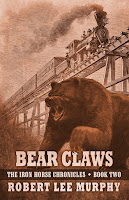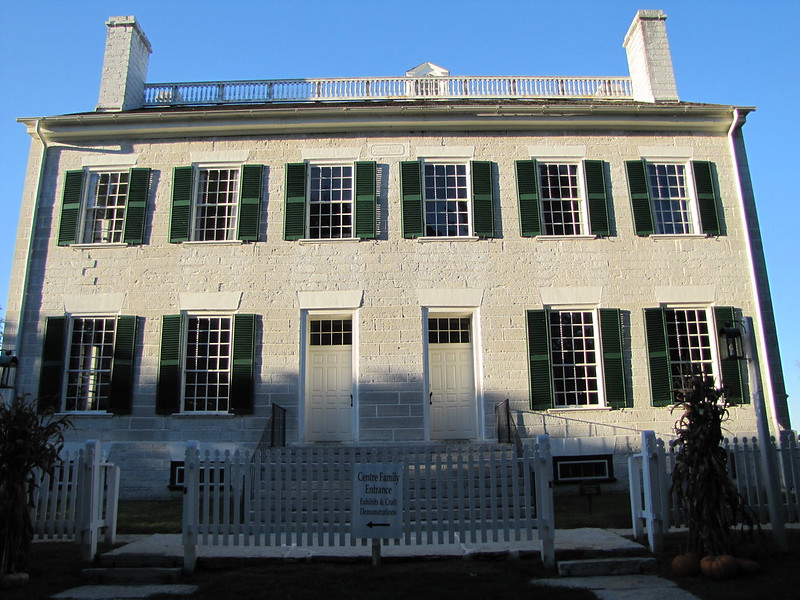Seventy years ago, when I entered the middle-grades for the
first time (now you can calculate my age), there was no “Middle-Grade” genre
for books. We, of course, read the traditional books by the same famous authors
students read today—Robert Louis Stevenson, Mark Twain, and Jack London, to
name a few. Before, during, and following World War II, I do not recall that
many books were targeted to an audience of young readers. There were
exceptions, of course. Esther Forbes’s Newberry Prize-winning Johnny Tremain was and still is a
favorite.
This leads me to recommend young readers take a look at two
historical novelists who are largely forgotten today. Probably neither of these great authors were recommended by my teachers. Popular movies
of the day based upon these authors’ novels perhaps guided me to read their
books. I continue to reread them. They are cracking great adventure reads that
teach a lot of history in the process.
Samuel Shellabarger (1888–1954) wrote his first historical
novel in 1928. During his lifetime he wrote eighteen works of fiction. My favorite
of his books is Captain from Castile,
written in 1946, about Hernan Cortez' conquest of the Aztecs. A movie based on
the novel starring Tyrone Power appeared in 1947. The reader learns about the terrors
of the inquisition in Spain and the brutal subjugation of the native inhabitants of what
is now Mexico.
Shellabarger's writing usually contains a love interest, but there is no explicit sex.
Another of my favorites is Prince of Foxes, Shellabarger's next book, written in 1947. Again,
Tyrone Power starred in the movie of the same name in 1949. Here, the reader is
immersed in the intrigues of Cesare Borgia and his infamous family during the
time of the Holy Roman Empire before Italy became the country we know today.
In
1950, Shellabarger’s The King’s Cavalier
appeared. I am currently rereading this book for the umpteenth time.
My other forgotten historical novelist is Rafael Sabatini
(1875-1950). He produced thirty-one novels, plus numerous short stories, a few non-fiction books, and a play. Among my favorite books by Sabatini is Scaramouche, written in 1921, about a
lawyer who masquerades as a buffoon during the time of the French revolution.
This great novel has been made into movies more than once, but the one I remember
starred Stewart Granger in 1952.
Sabatini, like Shellabarger, includes a love interest in his novels, but no sex.
Probably the most famous of Sabatini’s historical novels is Captain Blood, written in 1922. What
middle-grade boy, or girl, does not like a roaring pirate tale? Sabatini is
known for adhering closely to historical facts in his books; even though, like my
approach to writing, his protagonists are fictional. Errol Flynn starred in the
1935 movie, which recently played on Turner Classic Movies. After watching the
movie rerun, I reread this book.
Sensing that some folks may consider these books too long or
too difficult for today’s middle-grade reader, I performed some “un-scientific”
research into the readability of the novels.
The Hemingway Editor software program gives a random selection of
the written word from Samuel Shellabarger’s Captain
from Castile a “Readability Rating” of Grade 5. By comparison, various websites rate J. K. Rowling’s Harry Potter and
the Sorcerer’s Stone as Grade 5.5. My own Bear Claws rates as Grade 5 in the Hemingway Editor.
The books by Shellabarger and Sabatini are typically longer
than most on today’s middle-grade bookshelf, but no more so than many of the Harry Potter books. The stories by my two great "forgotten" authors are so
compelling I’ll bet they will be read from cover to cover.
My writing has been influenced by Shellabarger and Sabatini,
but I do not profess to be in the same league as they. Still, my historical
novel Bear Claws, The Iron Horse Chronicles—Book
Two, won the Silver Will Rogers Medallion Award for 2016, and the Wyoming
State Historical Society awarded Bear
Claws First Place in Fiction for 2016. Take a read and let me know what you
think.
Golden Spike, The Iron Horse Chronicles—Book Three, the final book in my trilogy about Will Braddock's quest to determine his own destiny during the time of the building of the first transcontinental railroad in the late 1860s, will be released by Five Star Publishing in mid-2017.








































